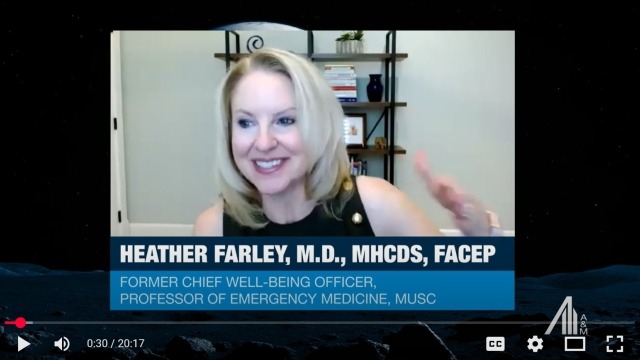Substance Abuse & Dependency Disorders: Business Model Transformation Ahead!
Drug overdose deaths in the United States averaged a record 118 per day in 2014, with prescription opioids (e.g., Vicodin, Percocet) accounting for 40 to 50percent of the total. Heroin, formerly the scourge of poor and urban areas has now penetrated middle-to-high-income suburban areas with a low cost, high potency product. Fentanyl, with 40 to 50 times the potency of pure heroin, is also available. Alarming headlines, combined with growing evidence of death and devastation, has led to an outcry for additional legislation, manpower and funding to address substance abuse and dependency disorders.
President Obama recently spoke at the National Rx Drug Abuse and Heroin Summit and promised $1.1 billion in additional funding; he also urged states to increase their engagement.
In this article, we provide an overview of the demographics of drug abuse, its etiology and treatment principles; the substance abuse and dependency disorders market, with a focus on specialty substance abuse treatment centers; the for-profit, out-of-network business model; and diagnostic testing.
Key findings:
- Rising drug overdose deaths reflect increased severity (and risk) of abuse and not more users. According to federal officials, heroin at a 50 to 90 percent pharmaceutical grade is now available at $5.00 a button (0.1 gram lasting one day).
- Legislation is increasing the insured pool of potential residential therapy recipients by 0.5–1.4 million, primarily through commercial coverage of children through age 26, public health exchanges and Medicaid expansion.
- Substance abuse and dependency disorder (SUD) are multifactorial and relapsing chronic conditions. Acute treatment in a residential center does not “cure” the disease; care continuity is essential.
- SUD treatment paradigm needs to be individualized, based on the number and types of illicit drugs, co-occurrence of alcohol abuse, presence of co-morbid behavioral health disorders and psycho-social, educational, vocational and other factors. A need for additional evidence-based guidelines exists inclusive of site of service and therapy duration.
- A disproportionate amount of SUD market collections is out-of-network and out-of-pocket. This particularly applies to residential treatment centers and ancillary diagnostic testing.
- Fraud has become a headline risk for the sector: medical necessity (“appropriate and essential”); kickbacks; failure to collect co-payments, coinsurance and deductible; bundling of tests and services, etc.
- Payer scrutiny has dramatically increased, inclusive of such measures as reducing allowable rates, limiting authorization levels across various levels of care, requesting clinical documentation to review for medical necessity of services rendered and increasing audits to validate compliance with collection of patient responsibilities. These policy changes apply to contracted and out-of-network operators.
- Operating with appropriate compliance and documentation standards, combined with adherence to legal and payer guidelines for collection of patient responsibilities, will be required going forward for success.
A&M believes fundamental business model changes will be forthcoming in the for-profit segment driven by payers, regulators and consumers.
READ THE FULL ARTICLE
Substance Abuse & Dependency Disorders: Business Model Transformation Ahead! (pdf)




